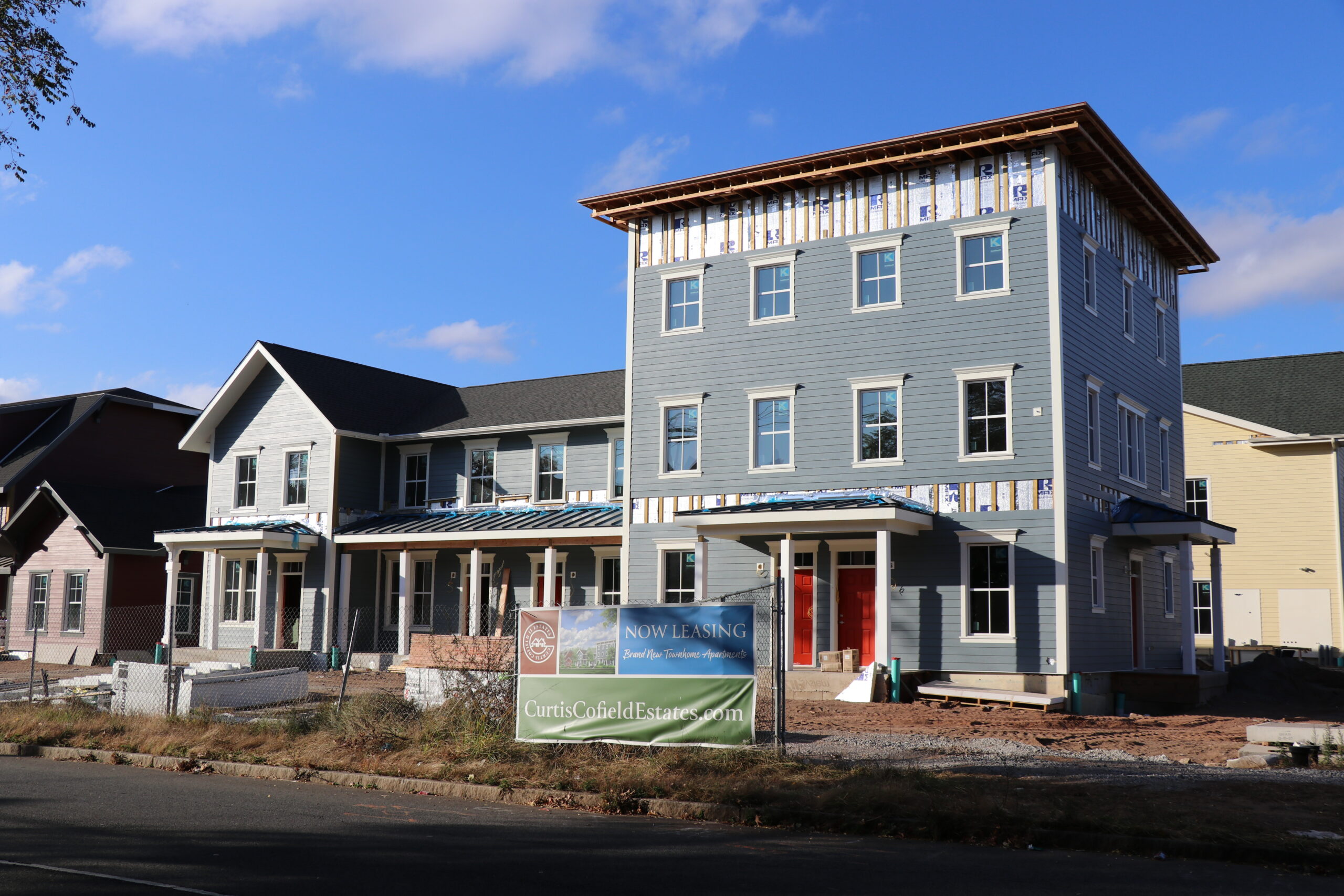Housing Authority pushes for jurisdiction to develop beyond city limits
Elm City Communities, New Haven’s public housing authority, is backing a state bill that would allow it to develop affordable housing in neighboring municipalities.

Christina Lee, Photography Editor
Leaders from New Haven’s housing authority are advocating for state policy that would allow them to develop in neighboring municipalities. The Connecticut Housing Committee heard their testimony on Tuesday.
Senate Bill 1267 gives these agencies permission to “adopt an expanded area of operation.” The bill is sponsored by Senate President Pro Tempore Martin Looney, who represents New Haven in the legislature.
Elm City Communities, New Haven’s housing authority, hopes the bill will encourage more mixed-income development, increase housing choice for Connecticut residents and mitigate the state’s affordable housing crisis.
“We are no different than any other developer, whether that’s a for-profit or not-for-profit developer,” said Shenae Draughn, president of Elm City Communities. “We have a proven track record of over 20 years of developing quality, mixed-income housing, which is affordable through market rate development.”
Currently, 40,000 families are on the housing authority’s waitlist for subsidized low-income housing, according to Draughn. An expanded jurisdiction, she said, would help Elm City Communities accommodate more of these people and address the state’s goal of 90,000 affordable units
The Housing Committee has seen multiple versions of the legislation in recent years, including bills that established a specific mile radius for expansion. The 2025 version does not include a particular radius. Johnny Shively ’15, the housing policy manager for Elm City Communities, says the change allows for greater flexibility and more opportunities for partnerships.
Most opposition to the bill comes from municipal governments and residents of smaller Connecticut towns, who are concerned about how expanded development would interfere with local authority.
“Municipalities – not external housing authorities – are responsible for managing growth, ensuring adequate infrastructure, and balancing community needs. They should retain the right to decide whether an outside entity develops housing within their borders,” Francis Pickering, executive director of the Western Connecticut Council of Governments, wrote in written testimony to the Committee.
Representatives from Elm City Communities contend that housing authorities would be subject to the same regulations as any developer and that the bill does not override local control.
They also emphasized that expanded development would not only be available to current New Haveners or low-income homebuyers but also to families from diverse geographic and financial backgrounds.
Draughn emphasized that market-rate housing is not accessible to many recent college graduates and working families. One of Elm City Communities’ priorities, she said, is accommodating these home buyers.
“In Elm City Communities’ portfolio, we have developments that are two- and three-bedroom town homes as well as large multi-family developments,” Shively said. “So I really think that Elm City Communities has the ability to develop in a way that is consistent with any town’s vision for its character and its future.”
As for current New Haveners, Shively believes that an expansion would give low-income residents more options when deciding where to settle.
“Deeply affordable housing is concentrated. It’s segregated,” Shively said. “In our state, most of the deeply affordable housing is located in just a few urban areas. New Haven is one of them. We just want to make sure that people have a choice about where they’re able to live.”
New Haven’s housing authority, or Elm City Communities, was established in 1938.
Interested in getting more news about New Haven? Join our newsletter!







